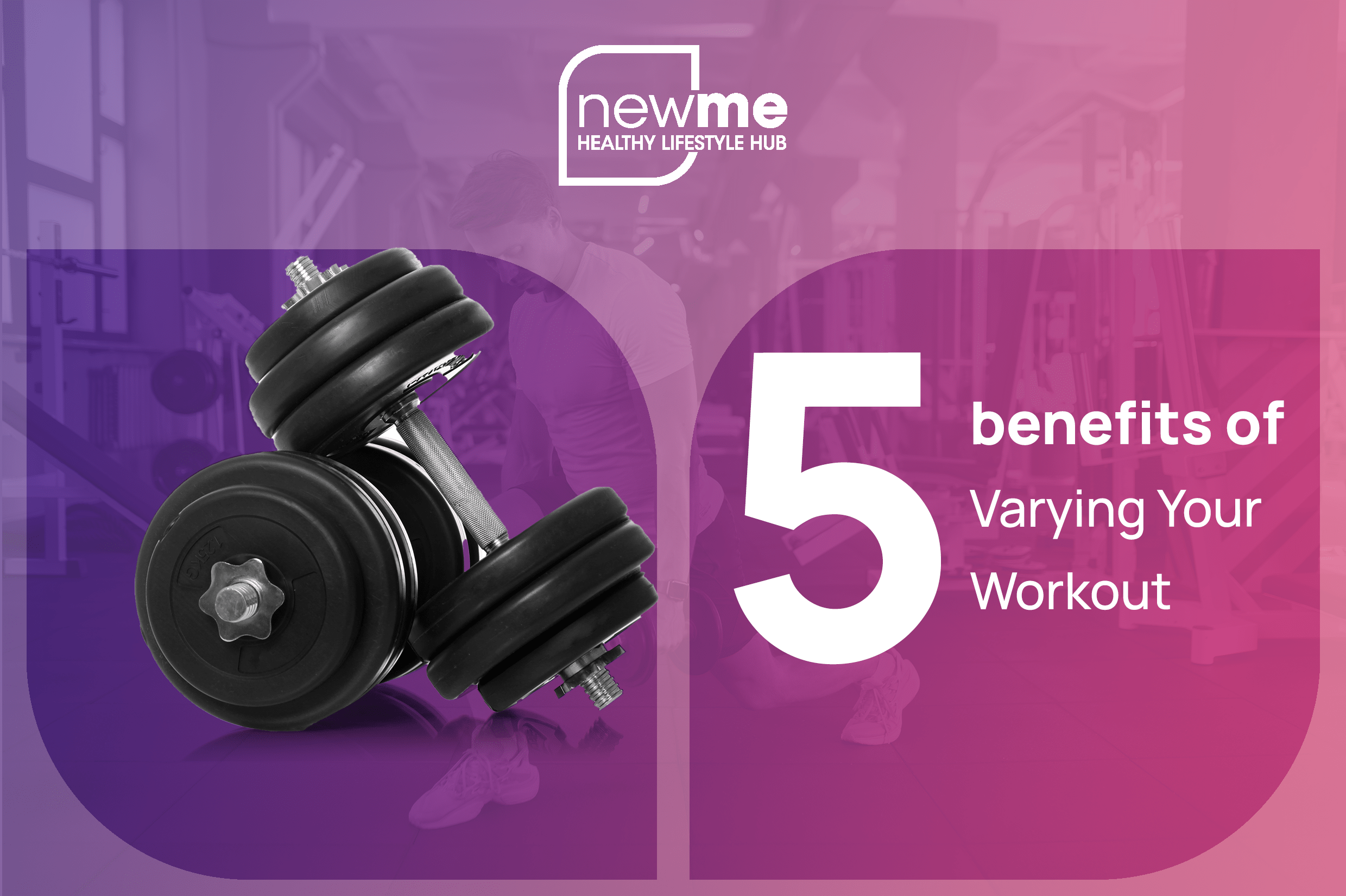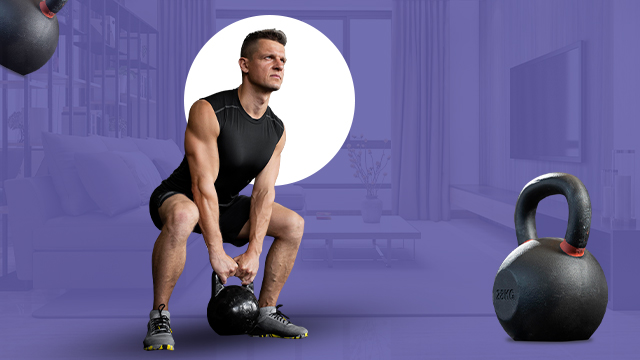
. How Long Do You Really Need to Workout ? With busy schedules and numerous workout trends, finding the ideal workout duration can feel overwhelming. So, how long do you really need to work out to achieve your goals? Whether your goal is weight loss, muscle gain, or cardiovascular health, let’s break down the ideal workout durations and find a balanced approach that fits your lifestyle.

Understanding the Ideal Workout Length
Your workout duration will vary depending on your fitness goals, physical abilities, and lifestyle. Let’s dive into these factors and see how each goal shapes the ideal workout duration.
Different Fitness Goals and Their Workout Time Requirements
Weight Loss Goals
If weight loss is your primary goal, moderate to high-intensity workouts for around 30-45 minutes can be effective. This time frame provides enough length to maintain an elevated heart rate, boosting calorie burn and supporting a calorie deficit.
Building Muscle Mass
For muscle growth, aim for 45-60 minutes. Strength and hypertrophy training (focused on muscle growth) require sufficient time for lifting weights and resting between sets, especially when targeting specific muscle groups. Workouts under 45 minutes can still work but might not provide the intensity needed for significant muscle development.
Improving Cardiovascular Health
For cardiovascular fitness, the American Heart Association recommends 150 minutes of moderate-intensity cardio or 75 minutes of vigorous activity per week. This can translate to 30 minutes a day, five days a week for moderate intensity, making it achievable with shorter, more frequent sessions.
Short Workouts: Can 10-20 Minutes Be Enough?
Short workouts can be very effective, especially for beginners or those tight on time. High-Intensity Interval Training (HIIT) and Tabata workouts can deliver excellent results in as little as 10-20 minutes. These routines are high-intensity, pushing your body to burn calories long after the workout.
Moderate Workouts: 30-45 Minutes
This duration is ideal for most fitness enthusiasts as it allows enough time to warm up, complete exercises, and cool down. With moderate workouts, you can focus on a balanced mix of cardio, strength, and flexibility.
Longer Workouts: 60 Minutes and Beyond
Longer workouts are helpful for advanced fitness goals or endurance training but aren’t always necessary for general fitness. Going beyond 60 minutes increases the risk of burnout and overtraining unless structured carefully.
Weekly Exercise Frequency and Its Impact
The ideal frequency depends on your goals:
- For weight loss or general fitness: 3-5 times a week is often ideal.
- For muscle gain: Split workouts (targeting different muscle groups on different days) can allow for 4-6 days per week. Balancing workout frequency with rest days is crucial to allow your body adequate time to recover and grow.
Quality vs. Quantity in Workouts
The quality of a workout often matters more than its length. Engaging in focused, high-intensity sessions can be as effective as longer workouts. Concentrating on form, speed, and intensity will maximize your workout quality.

Factors Affecting Optimal Workout Duration
Age and Fitness Level
As we age, our recovery rate and physical capacity may change. Beginners or older individuals might benefit more from shorter sessions that gradually increase in duration as their endurance builds.

Lifestyle and Daily Activity Level
If you have an active lifestyle, shorter workouts may suffice to meet your goals. Conversely, sedentary individuals might need longer sessions to compensate for low daily activity.
The Role of Rest and Recovery
Rest days are essential to prevent burnout and allow muscle repair. Incorporating 1-2 rest days per week helps avoid overtraining and reduces injury risk, making it a crucial aspect of any workout regimen.
Tailoring Workouts to Personal Preferences
Finding a workout duration that aligns with your lifestyle is key. This balance ensures consistency and enjoyment in your fitness journey, helping you stick with it long-term.
Listening to Your Body for Better Results
Your body often signals when it’s overworked. If you’re feeling fatigued or sore, it might be time to take a rest day or reduce the workout intensity.
Examples of Effective Workout Plans
- 10-Minute Workout: High-Intensity Interval Training (HIIT) with exercises like burpees, squats, and jump lunges.
- 30-Minute Workout: Combination of cardio and bodyweight exercises for a balanced session.
- 60-Minute Workout: Full-body strength training, allowing for thorough targeting of different muscle groups.
The Psychological Aspect of Exercise Duration
A sustainable workout plan is one that motivates you. Adjusting your routine to fit your preferences will boost consistency and keep your fitness journey enjoyable.
Conclusion
Finding the perfect workout duration depends on your personal goals and lifestyle. Short, intense sessions can be just as effective as longer workouts, and listening to your body is key to staying consistent and injury-free. Start with a duration that feels right for you, gradually building as you go, and remember, consistency is the ultimate driver of results.
FAQs
- Is a 10-minute workout effective?
Yes, with high-intensity exercises, a 10-minute workout can provide significant cardiovascular and calorie-burning benefits. - How often should I work out each week?
Generally, 3-5 times per week is effective for most goals, though advanced goals might require more frequent sessions. - Can I build muscle with short workouts?
Yes, short, intense strength workouts can build muscle, especially with exercises like HIIT that use weights or resistance bands. - What is the best workout time for weight loss?
Aim for 30-45 minutes of cardio or circuit training, maintaining high intensity for calorie burn. - How do I know if I’m working out too much?
Fatigue, soreness, and a lack of motivation can indicate overtraining. Listening to your body and taking rest days is essential.






